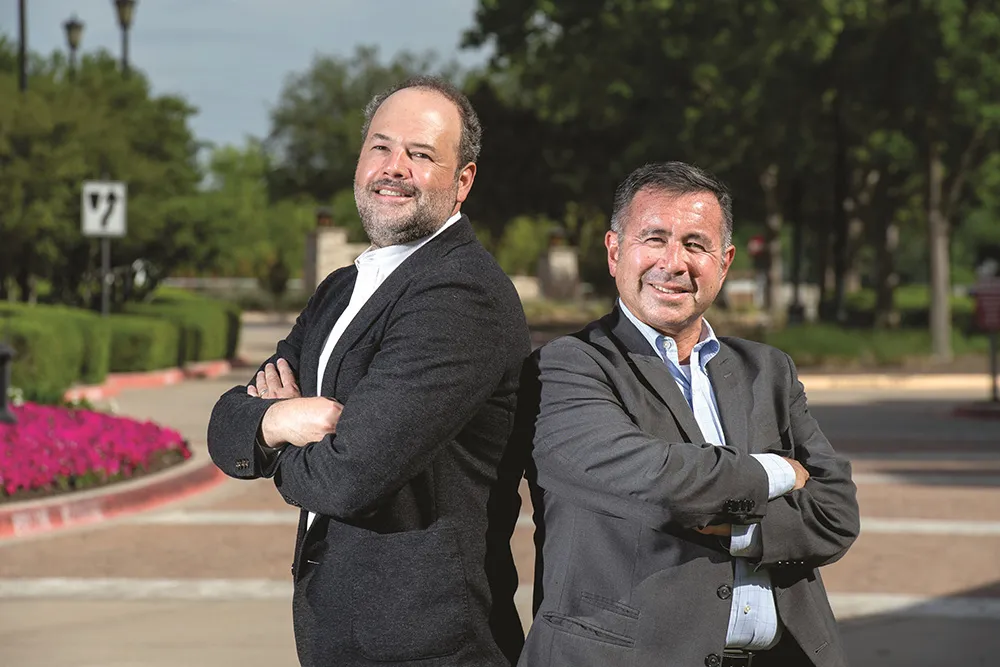There is an urgent need to align technology standards as cooperative ITS solutions become mainstream, says ITS Australia president Dr Norm Pidgeon
January 26, 2012
Read time: 3 mins

There is an urgent need to align technology standards as cooperative ITS solutions become mainstream, says ITS Australia president Dr Norm Pidgeon
At the 2011 Australia Intelligent Transport Systems Summit, held on Queensland's Gold Coast in September,
"Australia has had the opportunity to draw on technologies and systems from around the globe, and to incorporate Australian developed solutions. This has served us well when solutions can be applied to discrete applications, such as managed motorways. Our focus has been on the development of consistency of approach across the different jurisdictions within the country. In the past, ITS investment has been principally in the infrastructure itself and under our controls," he pointed out.
"However, with the advent of cooperative ITS, a critical component of any solution will be embedded in vehicles. Australia has a vehicle fleet drawn from all corners of the globe. So we are very conscious that without global standards, we will have great difficulty in developing effective solutions for the majority of our users.
"An ITS Australia objective is to help ensure Australia does not experience technology standards clashes such as those that have hampered network developments in the past," Dr Pidgeon said. "And, as Australia is a global leader in some areas of ITS, it is equally important that we engage vigorously in the international debate to influence ITS standards.
At the forefront "If we collaborate in the development of these high level technologies, we will be prepared with the systems ready for deployment in Australia as they become available. We must remain at the forefront of the development of ITS to ensure Australia performs at the forefront of international best practice." One of the most distinct examples of having to manage different standards was in free flow tolling using electronic transponders, according to Dr Pidgeon. "Australia has adopted European technology, based on the CEN standard for 5.8GHz communication. However, we found that standards in this area did not extend to the transaction level and that suppliers had differences in their transaction definitions," he said.
"To achieve interoperability across the nation, Australian operators and suppliers cooperated to define an Australian standard that builds on CEN and adds acceptable variations of transaction sequences. This solved a problem locally, but with the expense of the time to negotiate an acceptable approach and the overhead of now having all receivers able to read both transactions.
"Of course, the USA uses very different technology, at 915 MHz, and also has its regional variations that preclude interoperability," said Dr Pidgeon.
Removing barriers ITS Australia sees two main areas that are generating barriers to international standards. "With the strong focus on communication links as part of future solutions, the ability to use the same spectrum in all countries is a challenge," said Dr Pidgeon. "Good progress has been made in gaining a common application of 5.9 GHz across the globe, but the application varies slightly from region to region. The challenge is to have sufficient uniformity for universal solutions to be feasible.
"The second area is the natural tendency of commercial interests to lead to variations in solutions applications, even when the core technology is nominally the same.
The tolling industry is again an example. To help remove such barriers, global cooperation in the development of standards at the spectrum and communication levels appears to be progressing well. We are hopeful that our continued access to an international vehicle market will not be hampered."








